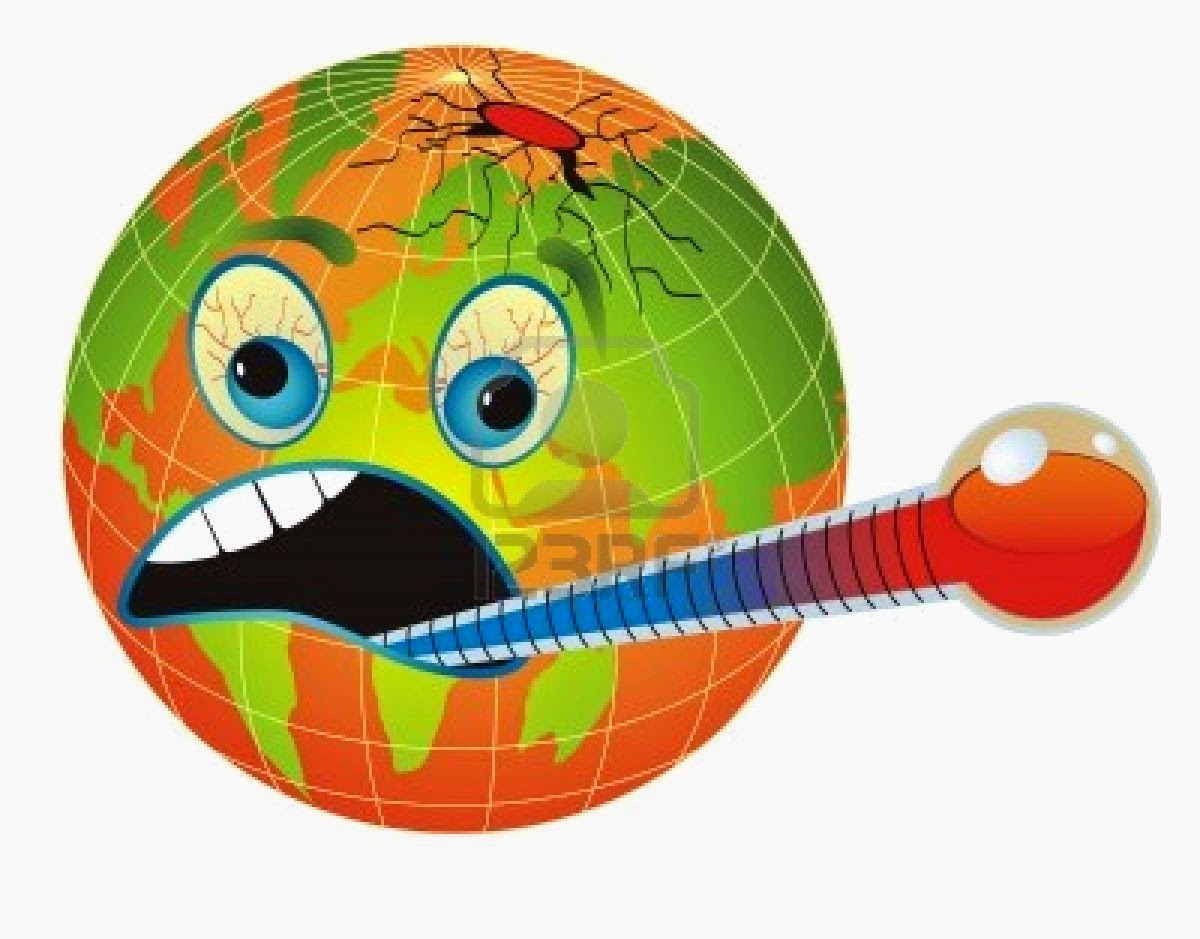In attempting to assess
the contributions of medical care to health improvements, the goals of care
must first be addressed. The saving of lives in acute life-threatening
emergencies is an important such goal, but it represents a very small component
of the total medical effort: while lives are saved, the sum of such saving is
too small to have a measurable impact on the life expectancy of an entire population.
A much larger effort is devoted to preventive or curative measures, and these
do have a large and measurable effect on the life expectancy of the population
as a whole. An even greater component of medical effort is devoted to improving
the quality of life, or more accurately, to preventing or to minimizing the
poor quality of life associated with chronic disease: to the relief of pain,
disfigurement, and disability.
Estimation of months or
years of increased life expectancy attributable to the treatment of a
particular condition involved a three-step procedure: calculation of increases
in life expectancy resulting from a decline in diagnosis-specific death rates,
estimation of increases in life expectancy when therapy is provided under
optimal conditions, and estimation of how much of the decline in
disease-specific death rates could be attributed to medical care when provided
in routine practice
Treatment can shorten as
well as lengthen life expectancy. This is dramatically evident in surgery and
anaesthesia which, however well performed, entail some risk of death and has
been used to explain, at least in part, differences in life expectancy between
countries. The two-fold greater rates of discretionary surgery in America,
relative to England and Wales, that I reported in 197019 could thus be expected to
reflect this risk and was estimated to account for a third to a half of the
greater life expectancy in England and Wales at that time.20 It was assumed that the
rates of emergency and lifesaving or life-extending surgery were essentially
the same in each country and that the discrepancy in surgical rates applied
primarily to discretionary surgery for non-life-threatening conditions.
The impact of an
unhealthy lifestyle is large for the individual but relatively small for the
life expectancy of the entire population. The individual who smokes and is
perhaps overweight and inactive may lose 7, 8, or more years of life
expectancy. With about a quarter of the population smoking, the population as a
whole would gain about 1½ years if every smoker quit. Overweight individuals
and those classified as obese would, by returning to normal weight, gain as
much as a half and 1½ years of life expectancy, respectively. With more than
half of Britons and Americans overweight and over a fifth obese, their return
to normal weight could gain about a half-year of life expectancy spread across
the population. The inactive but otherwise healthy individual can, by
exercising, increase life expectancy by as much as 12 months. Roughly adjusting
for confounding by social class, I estimate that the population would gain 2 or
2½ years of life expectancy if everyone assumed the lifestyle of the fittest.
How then should governments,
committed to improving the health of the populations they serve, invest for the
future? The provision of medical care, the development of healthier personal
habits, and the creation of a more just social environment each hold the
potential to improve health. The benefits of medical care that have already
been achieved can be estimated with considerable precision and they are
substantial. The benefits of a healthier lifestyle have been achieved only to a
very limited degree, while inequalities in health have increased and are
continuing to do so.













